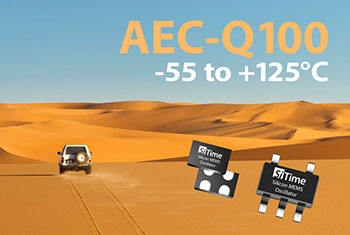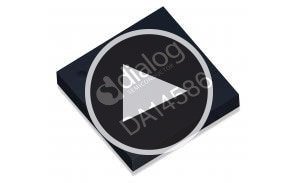Basics of Oscillators
Timing is critical in nearly every electronic application in the world. Oscillators are used in various applications including controlling the timing in microprocessors, MCUs, SoCs, and many other things. Different applications call for different types of oscillators. Often there are concerns that can be addressed by a certain type of oscillator. Factors such as physical size, environmental requirements, and necessary output need to be taken into consideration. I recently wrote an article titled “Oscillator Tutorial” that briefly touched upon the differences between some of the different kinds of oscillators in the market today and how to find these products on the DigiKey website.

Crystal oscillator (X0)
- One of the most popular oscillators
- Uses a crystal element to determine output frequency
- Has a fixed frequency output
MEMS oscillator
- Uses etched silicon in a die acting like a tuning fork at a resonant frequency
- Uses silicon technology which is less expensive to manufacture than quartz crystal
- Consume less current than a crystal oscillator
Voltage Controlled oscillator (VCXO)
- Ability to change frequency based on input voltage
- Has a specified range of frequency over a specified voltage range
- Useful in Phase Lock Loop applications
Temperature Compensated oscillator (TCXO)
- Made to compensate for temperature changes
- Uses compensation network to do this
- Typically incorporates a thermistor and a varactor

Have questions or comments? Continue the conversation on TechForum, Digi-Key's online community and technical resource.
Visit TechForum










